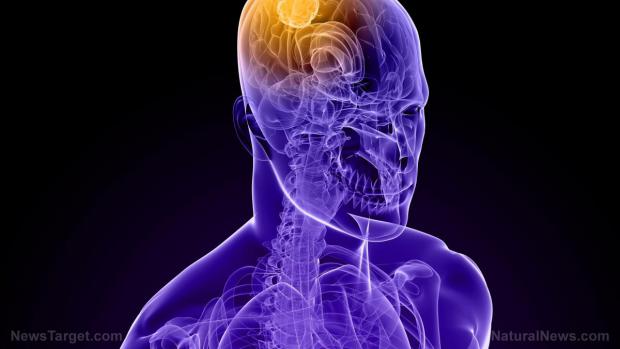
Breaking News
 Is DIY Spray Foam A Scam? I Tested It On A Shed
Is DIY Spray Foam A Scam? I Tested It On A Shed
 Senior Russian General Killed in Moscow Car Bombing
Senior Russian General Killed in Moscow Car Bombing
 Silver's Epic Rally Signals Bitcoin's Imminent Collapse
Silver's Epic Rally Signals Bitcoin's Imminent Collapse
 Tulsi's Assessment That Putin Doesn't Want To Conquer All of Ukraine Is Absolutely Correct
Tulsi's Assessment That Putin Doesn't Want To Conquer All of Ukraine Is Absolutely Correct
Top Tech News
 Travel gadget promises to dry and iron your clothes – totally hands-free
Travel gadget promises to dry and iron your clothes – totally hands-free
 Perfect Aircrete, Kitchen Ingredients.
Perfect Aircrete, Kitchen Ingredients.
 Futuristic pixel-raising display lets you feel what's onscreen
Futuristic pixel-raising display lets you feel what's onscreen
 Cutting-Edge Facility Generates Pure Water and Hydrogen Fuel from Seawater for Mere Pennies
Cutting-Edge Facility Generates Pure Water and Hydrogen Fuel from Seawater for Mere Pennies
 This tiny dev board is packed with features for ambitious makers
This tiny dev board is packed with features for ambitious makers
 Scientists Discover Gel to Regrow Tooth Enamel
Scientists Discover Gel to Regrow Tooth Enamel
 Vitamin C and Dandelion Root Killing Cancer Cells -- as Former CDC Director Calls for COVID-19...
Vitamin C and Dandelion Root Killing Cancer Cells -- as Former CDC Director Calls for COVID-19...
 Galactic Brain: US firm plans space-based data centers, power grid to challenge China
Galactic Brain: US firm plans space-based data centers, power grid to challenge China
 A microbial cleanup for glyphosate just earned a patent. Here's why that matters
A microbial cleanup for glyphosate just earned a patent. Here's why that matters
 Japan Breaks Internet Speed Record with 5 Million Times Faster Data Transfer
Japan Breaks Internet Speed Record with 5 Million Times Faster Data Transfer
Scientists unlock 30-year mystery: Rare micronutrient holds key to brain health and cancer defense

• Queuosine, a rare micronutrient from food and gut bacteria, is critical for brain function, memory, stress response and cancer defense—but until now, scientists didn't know how our bodies absorb it.
• Researchers at University of Florida and Trinity College Dublin discovered the SLC35F2 gene, the long-sought "transporter" that allows queuosine to enter cells, solving a 30-year scientific mystery.
• Queuosine fine-tunes gene expression by modifying transfer RNA, influencing everything from learning to tumor suppression—yet most people have never heard of it.
• The breakthrough could lead to new therapies for neurological disorders, cancer and metabolic diseases by leveraging queuosine's role in cellular health.
• The study highlights the power of the microbiome and diet in regulating genetic activity, opening doors for nutrition-based medical interventions.
For over 30 years, scientists knew that queuosine—a vitamin-like micronutrient found in trace amounts in foods like dairy, meat and fermented products—played a crucial role in human health. It modifies transfer RNA (tRNA), the molecular machines that help translate genetic code into proteins, influencing everything from memory formation to cancer suppression. Yet one glaring question remained unanswered: How does queuosine get into our cells?
This week, an international team of researchers—led by the University of Florida (UF) and Trinity College Dublin—published a groundbreaking study in the Proceedings of the National Academy of Sciences (PNAS) that finally solves the puzzle. They identified SLC35F2, a gene that acts as the gatekeeper, transporting queuosine into cells where it can work its magic.



